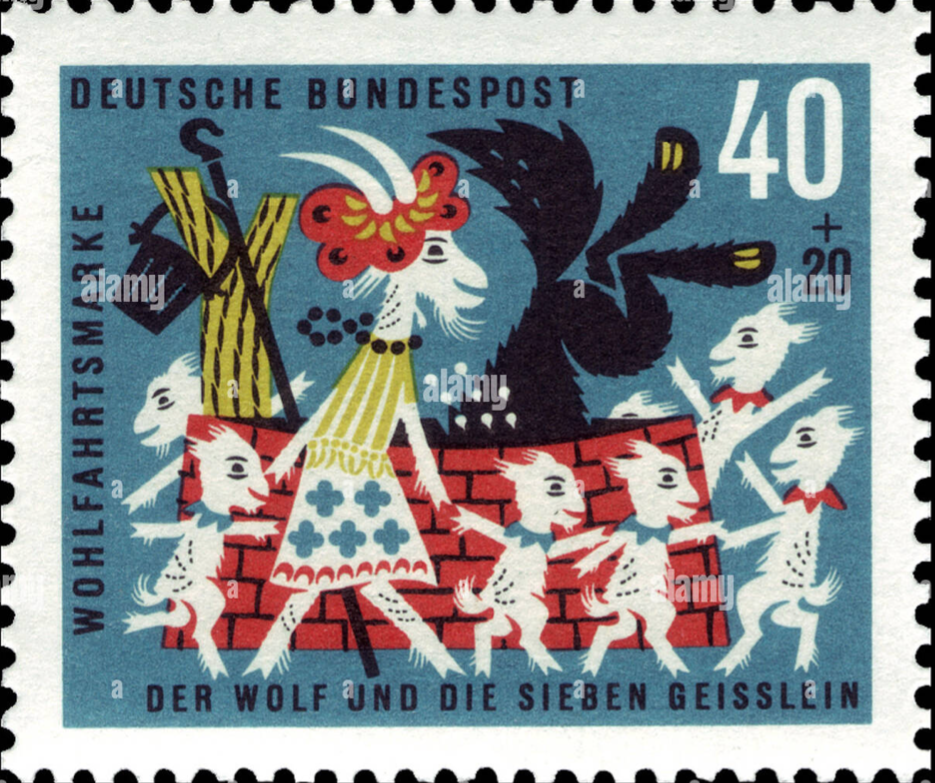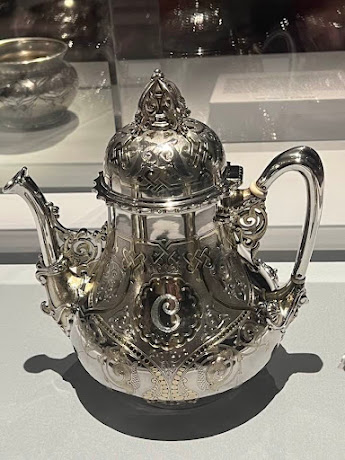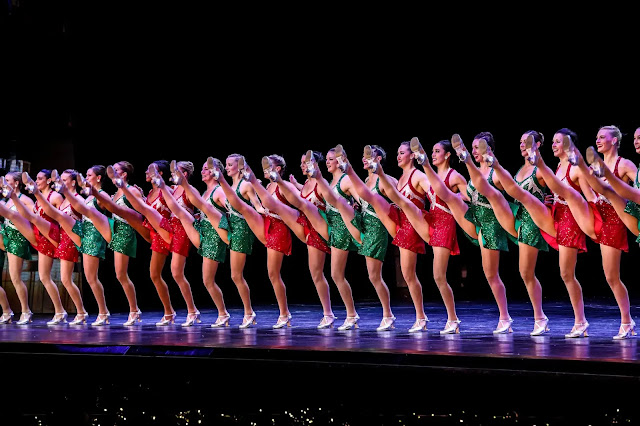I stopped posting my list of guilty pleasure songs because the videos get removed from YouTube leaving my blog with broken links. But today I'll upload a single song I remember hearing on my parent’s stereo while still a child. As my mother, father, and I did our own seperate things in our home, sometimes we'd play the radio in the background, or my Dad might put on a few albums. We had one of those 3 combination entertainment units comprised of a big center television with a record player on one side and a radio on the other side. A blast from the past! I remember the evening it was delivered. My Mom had gone out to run errands. My Dad and I were engaged in our own interests in our living room, when our doorbell ring. Two deliverymen announced, “We're here to bring up your stereo unit.” We said, “Are you sure this is the right house? Who bought it?” The name on their papers was my Mom! Unbeknownst to us, she had gone to an estate sale!! Busy bee that she was at the sale, she also bought a lovely wooden china cabinet that day! So through our house came our new furniture that Dad and I only found out about at the moment of delivery! Mom arrived home about an hour later. I guess she had a few more errands left? :)
 |
| Photo: Insider |
 Another thing to know about New York is its innate sense of right and wrong sprinkled with fairness and optimism. The Empire state is the home of our Founding Fathers, Alexander Hamilton and John Jay and 2 of our greatest Presidents, Theodore Rosevelt and Franklin D. Roosevelt. It’s where our Constitution was written. New Yorkers will pay a little more for the good of the community. I’ve never heard any resentment from New York taxpayers about being a donor state or helping people who have fallen on hard times. Finally, the city is as tough as nails. Strong like the bedrock (Fordham gneiss, Manhattan schist, and Tuckahoe marble) it’s built on. Nobody beats New York into submission.
Another thing to know about New York is its innate sense of right and wrong sprinkled with fairness and optimism. The Empire state is the home of our Founding Fathers, Alexander Hamilton and John Jay and 2 of our greatest Presidents, Theodore Rosevelt and Franklin D. Roosevelt. It’s where our Constitution was written. New Yorkers will pay a little more for the good of the community. I’ve never heard any resentment from New York taxpayers about being a donor state or helping people who have fallen on hard times. Finally, the city is as tough as nails. Strong like the bedrock (Fordham gneiss, Manhattan schist, and Tuckahoe marble) it’s built on. Nobody beats New York into submission.
















































